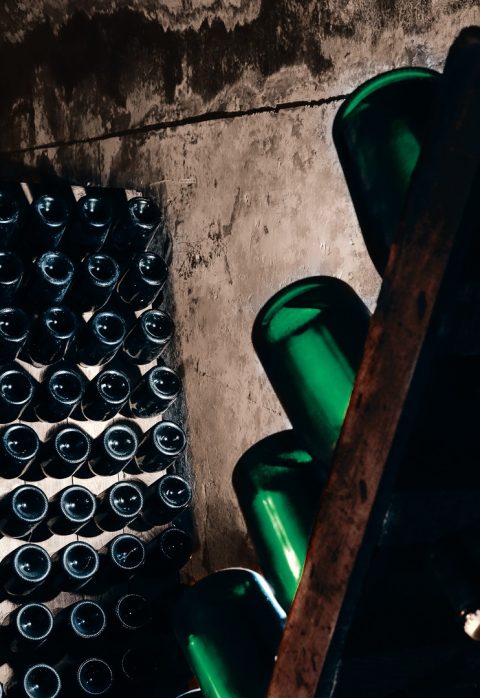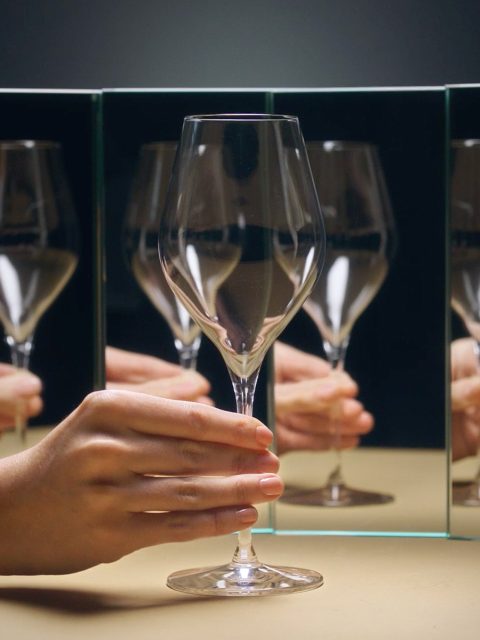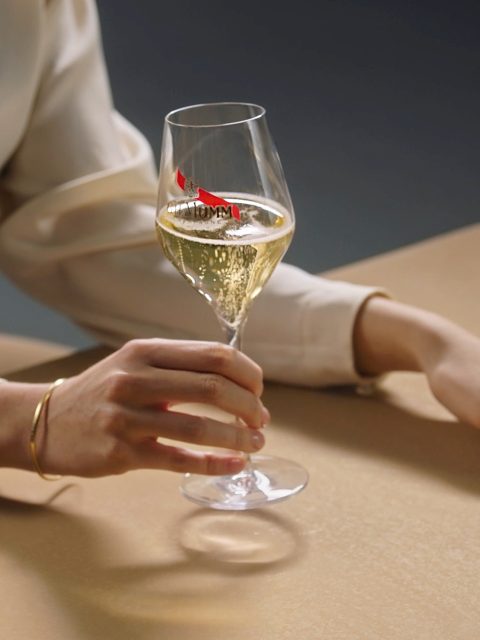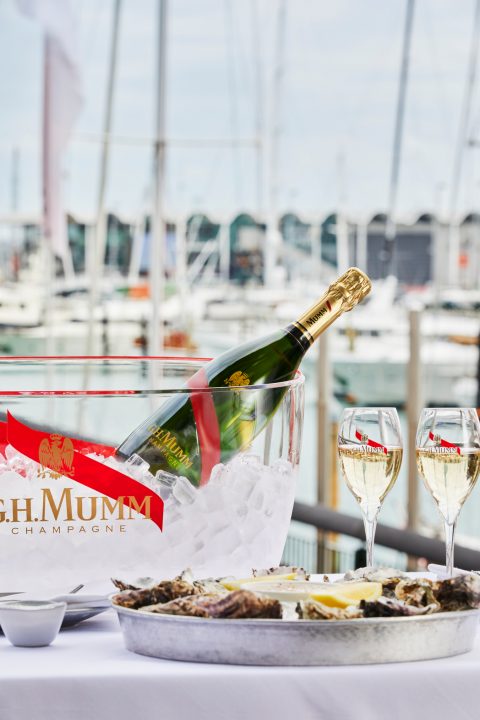シャンパンの色は何によって決まるのでしょうか。
ブラン・ド・ブランからロゼに至るまで、シャンパーニュの色は非常に重要であり、一部のキュヴェの名前さえも色で決まります。マムのワインメーカーは、この地域を代表するブドウ品種であるシャルドネ、ピノ・ムニエ、ピノ・ノワール(マムの代表的な品種)を巧みに組み合わせ、独特の黄金色をした上質なワインを生み出しています。
What color is champagne?
From its traditional pale gold color to the warmer amber shade found in some vintages, and even the pinkish glow of rosé, champagne’s color palette is wider than you might expect. But how is it possible to use both red and white grapes to make champagne, when the wines themselves are never red?
From red grapes to pale gold Champagne
Covering 78% of our vineyards, Pinot Noir is Mumm’s signature grape variety. So where does our champagne get its pale gold hue, when, almost everywhere else, Pinot Noir makes wine that is red? The answer can be summed up in two words: delicacy and patience. From the moment they are harvested, Mumm grapes are handled with the utmost care to avoid breaking the skins. Rather than risk damaging the grapes during the journey to the winery, they are pressed in the vineyards. This is done very gently, in three or four stages, resulting in a juice free of red pigments.
Champagne Blanc de Blancs or Blanc de Noirs
To create the perfect balance that embodies our House Style, Maison Mumm’s signature champagne is created with a blend of red and white grape varieties, each with their own unique characteristics, each expressing the combined excellence of our terroir and experience.
Mumm range also includes more singular cuvées, made with grapes of the same color. The Blanc de Blancs is a 100% Chardonnay, and perhaps the perfect expression of that noble white grape: mineral, pure and vivacious.Blancde Noirs champagne is often a blend of Pinot Noir and Pinot Meunier grapes, but Mumm’s Blanc de Noirs ismade exclusively with Pinot Noir, creating achampagneof distinctive character, defined by its elegance and aromatic complexity.




